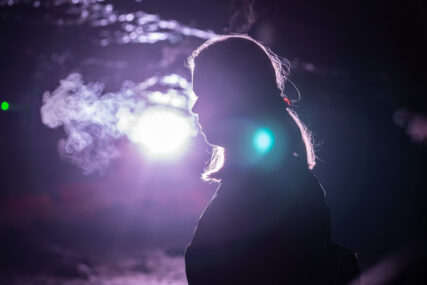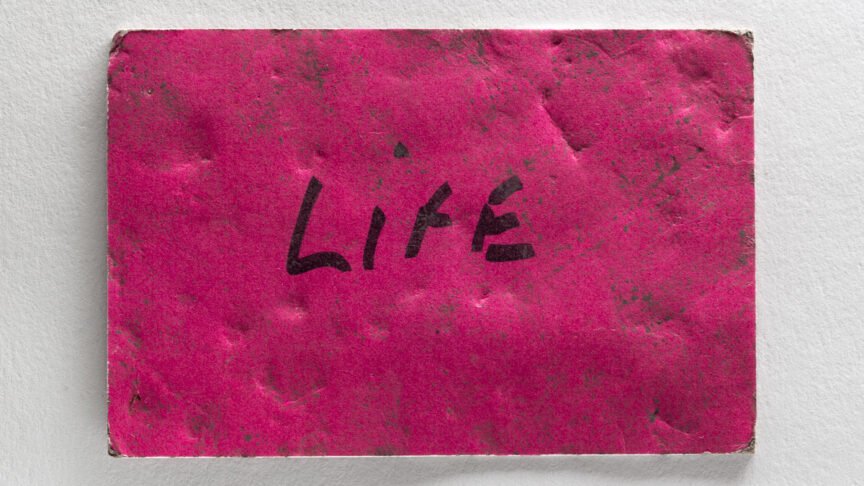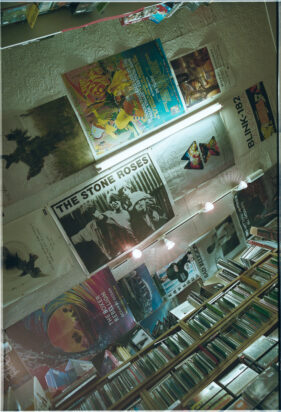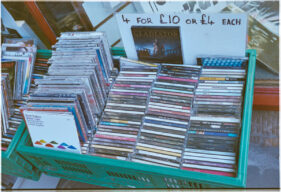Last week I was commissioned to take pictures in one of the most challenging locations I think I have ever had to work; Wookey Hole caves. Bear in mind, I’ve worked within the Arctic Circle, at the top of a 100ft hospital incineration chimney and from the deck of a helicopter over The Solent, but in terms of technical challenge I think this takes the prize.
The client was Somerset Art Works (SAW), organisers of Somerset Art Weeks Festival, a fortnight of open studios and events across Somerset. My job was to get photos of the launch event, but due to restrictions imposed by Wookey Hole I couldn’t use flash (it would disturb the bats) and by the artist (I couldn’t release my shutter during the live audio recording of the art work), I had to get everything I could during set-up and rehearsal.
There were some lights which the team had set up, but there was really only one that was usable for me, so I made the most of it and concentrated on getting shots of the choir as they rehearsed. I also had to get shots of guests and speeches, and there was a lot of help from mobile phone torches to make that even remotely possible.
For this gallery I’ve chosen a few of the choir photos because they’re the strongest standalone images from the set.
For full details, see the SAW Facebook page, from which I’m quoting their post:
Somerset Art Weeks Festival launched last Friday (20 September) evening at Wookey Hole Caves with new work by Ben Rivers, with the opening speech by Arts Council England Chief Executive, Darren Henley. Thanks to Somerset Film at The Engine Room, Arts Council England Wookey Hole Caves team for making this possible, and to everyone at the event for supporting us.
Somerset Art Weeks until 6 October. Celebrating 25th year. https://somersetartworks.org.uk/artweeks
































